Wednesday 3rd February 2016
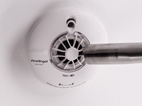 If your smoke or heat alarm is beeping or “chirping” in the middle of the night with no obvious reason, you may begin to see it as an annoyance rather than a life saving device.
If your smoke or heat alarm is beeping or “chirping” in the middle of the night with no obvious reason, you may begin to see it as an annoyance rather than a life saving device.
False alarms and chirping are often alerting you of problems that require attention. There are a number of checks that can be done to help find the cause before seeking further help from the manufacturer or retailer. Below is a step-by-step guide to the possible causes and solutions for false alarms and chirping; however, always refer to the manufacturer’s instructions for your exact smoke or heat alarm model. Additional care should be taken with mains powered alarms, as interference with the alarm can cause electrocution.
1) Are you using the correct type of smoke alarm?
There are three main types of domestic alarms available on the market:
Ionisation Smoke Alarms – Slightly quicker at detecting fast flaming fires than other technologies but usually only installed in upstairs landing areas. If installed near a kitchen, where the occasional toast might get burned, ionisation alarms can cause false alarms. The installation of this alarm near sources of smoke is one of the key reasons for false alarms in daytime.
Optical Smoke Alarms – Slightly quicker at detecting slow smouldering fires that can originate from upholstery type materials and over-heated wiring. Suitable to be installed in bedrooms, living rooms and downstairs hallways. These are fairly ‘toast-proof’ and can be installed near kitchens (not in kitchens, though).
Heat Alarms – Activate when the temperature inside the room reaches a certain trigger level or if the heat in a room rises very quickly. These are ideal in kitchens and garages, as they do not get triggered by fumes. Please note that a heat alarm only covers a small area, so larger kitchens will require several heat alarms.
All types of alarm will sound in the event of a fire; however, understanding more about each sensor technology helps you to select units that are least likely to cause false alarms. Alarms placed in the wrong location will on the other hand cause false alarms, eg if you have a smoke alarm located in the hallway and this sounds each time you use the toaster or boil vegetables, it is likely that you have an ionisation smoke alarm installed rather than an optical.
2) Is the alarm in the optimum position?
The user manual for your smoke or heat alarm will provide advice on where to avoid positioning your alarm on the ceiling. Below are some examples of locations to avoid placing your smoke or heat alarm:
- Near fluorescent lights – as electronic “noise” can cause false alarms
- In front of air supply ducts for heating or air conditioning, or near ceiling fans
- Directly above cookers/toasters/kettles (heat alarm) – although heat alarms are designed not to cause false alarms from cooking fumes, they should not be installed directly above cooking appliances
- Within 0.9m (3ft) of the door to a bathroom or shower room (smoke alarm) – steam can cause false alarms
3) Is there dust and/or insects inside the alarm?
Smoke alarms contain a sensor which is used to detect a fire. Over time, dust can build up or small insects/flies can crawl inside the unit, obstruct the sensor and eventually cause false alarms. Cleaning your alarm helps to remove anything that could be blocking the sensor. Wipe the outside of the alarm with a damp cloth, then using a vacuum nozzle or a hair dryer (set on cold), to suck or blow through the openings of the alarm.
4) Have you been decorating nearby?
If decorating, especially sanding, has recently taken place, dust particles or paint fumes could have entered the sensor chamber, causing damage to the unit and therefore causing false alarms. It is recommended to temporarily cover the alarm whilst decorating. Some alarms are supplied with a protective cover, so keep hold of this after installation for any future use. If you suspect decorating may have affected your alarm, try cleaning the unit as described above.
5) Is the temperature causing the alarm to beep?
Smoke alarms have an optimum operating temperature and it is important to ensure that your alarm is not subjected to temperatures above or below these thresholds. Typically, the operating temperature for a smoke alarm is between 0 ˚C to +40 ˚C. If the alarm is positioned where it may experience blasts of hot or cold air e.g. close to a front door, or the ambient room temperature is not constant e.g. in attics, this is when false alarms can occur. It may be necessary to reposition your alarm.
6) Is the alarm at the end of its life?
Each smoke and heat alarm should have a sticker located on the edge or the back of the unit indicating a replace-by date. This is usually ten years after manufacture. If your alarm starts chirping or regularly sounds falsely, it could mean that the alarm is close to, or has reached the end of its life. Check the date to see if the alarm is due to be replaced.
7) Is there a problem with the mains supply?
Mains powered smoke alarms can usually be identified by two LEDs located on the face of the unit. One LED flashes red approximately once a minute to indicate that the unit is operating correctly. The second LED should be constantly green to indicate that mains power is present. If the green LED is not present, this could mean that there is an issue with the mains power getting to the alarm. If needed, advice should be obtained by a qualified electrician.
8) Is the battery running low?
Chirping every 30-40 seconds is generally an indication that the battery is running low. If your smoke or heat alarm has a replaceable battery, try replacing the battery with a brand new one. It is recommended to change the batteries in your smoke and heat alarms every 12 months. Changing your battery before it runs low helps to overcome the annoying chirps at night. Change the batteries when the clocks are changed forward or register for a free email reminder service.
Many smoke and heat alarms are now fitted with a sealed lithium battery, designed to last the life of the alarm. These batteries are not accessible for replacement and so if your alarm starts chirping but has a non-replaceable battery, the alarm may have reached the end of its life. Batteries running low apply to both solely battery powered alarms as well as mains powered units with a back-up battery.
9) Is there another alarm nearby?
If you have tried all the above and you can still hear chirping, the final check is to see if there is another alarm or device within the same area that could be causing the chirp. It is easy to associate chirping with smoke and heat alarms and forget that other devices e.g. carbon monoxide detectors could also contain a battery that is running low.
Safelincs are happy to provide information regarding your smoke and heat alarms. For more information, you can also visit our Smoke Alarm Help Guides page, or contact our customer services team.


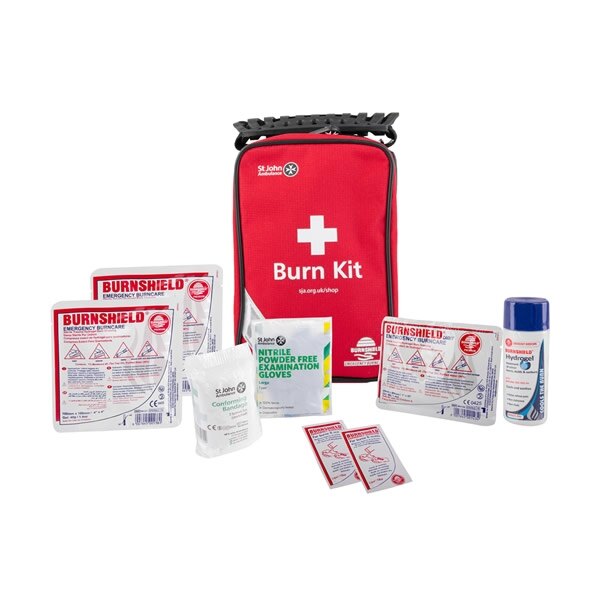
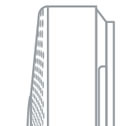
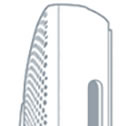
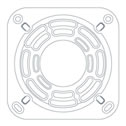
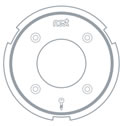
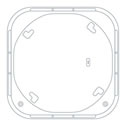
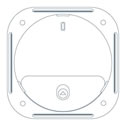
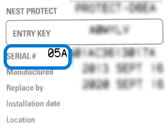
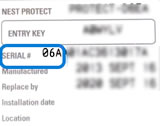
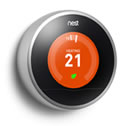
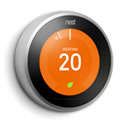
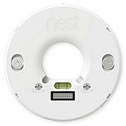
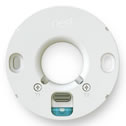

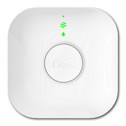
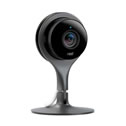
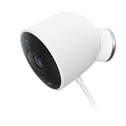

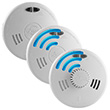 For
For 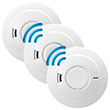 If you have interlinking
If you have interlinking 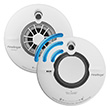
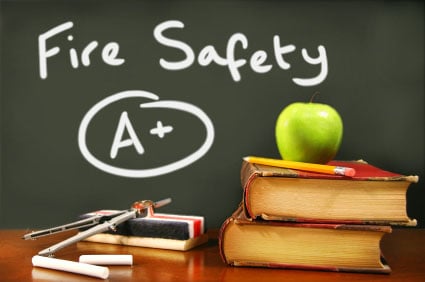 We have created a helpful guide for school leaders and staff with fire safety responsibility in schools to condense the confusing legislation and recommendations that exist and have turned them into an easy to understand
We have created a helpful guide for school leaders and staff with fire safety responsibility in schools to condense the confusing legislation and recommendations that exist and have turned them into an easy to understand  If your smoke or heat alarm is beeping or “chirping” in the middle of the night with no obvious reason, you may begin to see it as an annoyance rather than a life saving device.
If your smoke or heat alarm is beeping or “chirping” in the middle of the night with no obvious reason, you may begin to see it as an annoyance rather than a life saving device.
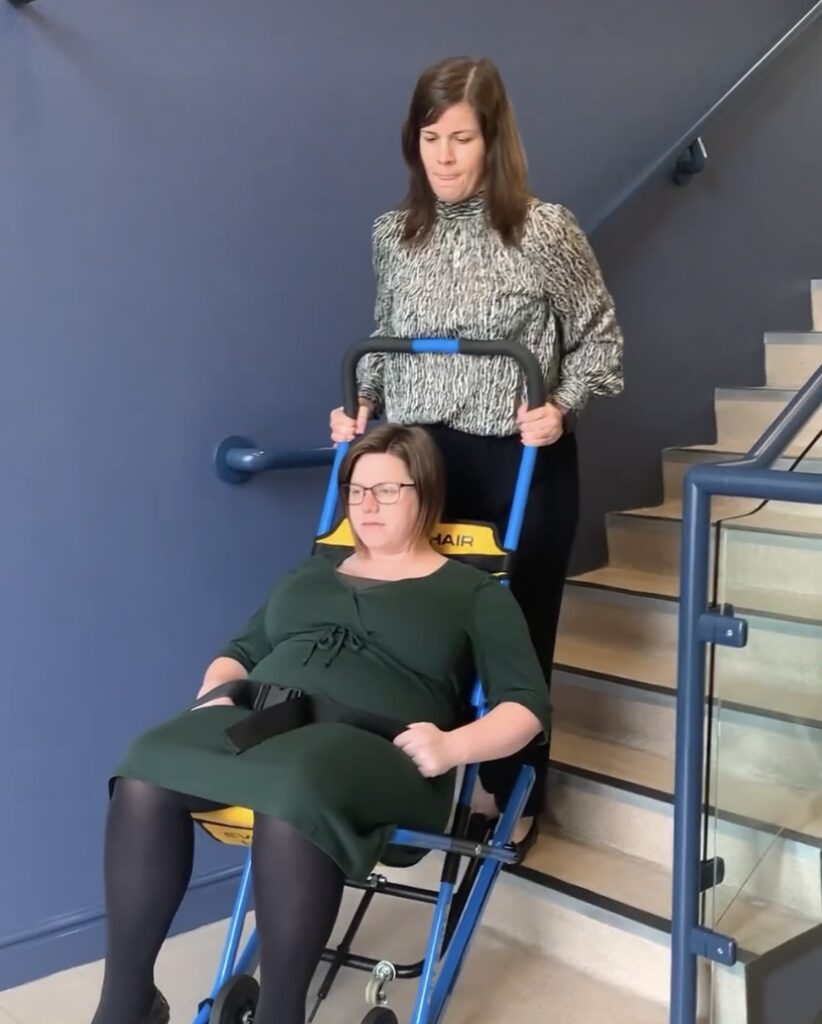

 Smoke alarms have reduced the number of deaths and injuries related to fire in the UK dramatically over the last decades and are now an essential must-have in every household.
Smoke alarms have reduced the number of deaths and injuries related to fire in the UK dramatically over the last decades and are now an essential must-have in every household.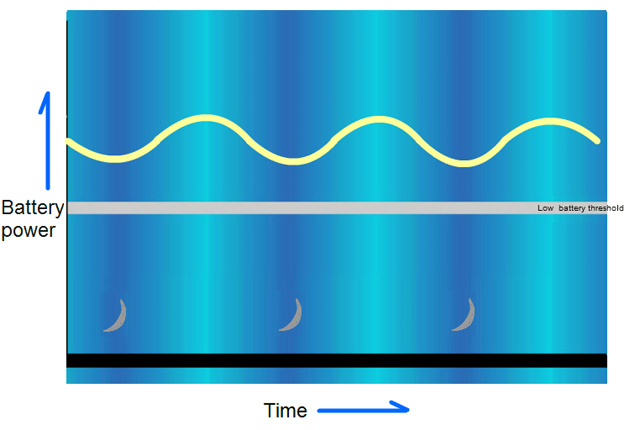
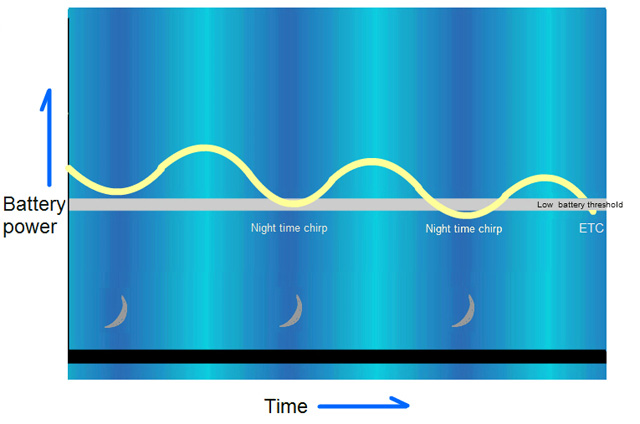
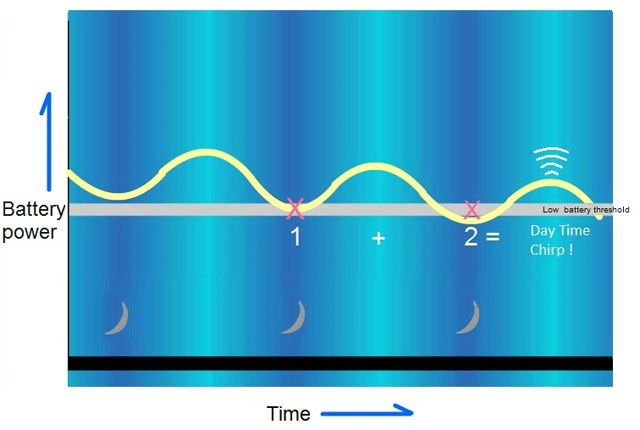
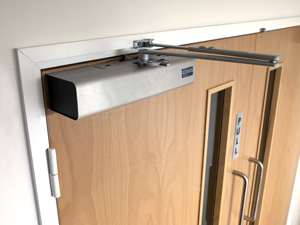 For those confined to care homes, moving freely within the immediate environment is essential for their well-being and self-esteem. However, fire regulations require that fire doors, such as those installed in gangways and often in bedrooms, are kept closed to prevent the spread of smoke and flames in the event of a fire. The hydraulic door closers, usually installed for this purpose, make the fire doors difficult to open for the elderly and those who require walking aids. Installing a normal fire door retainer to hold the fire door open against the pressure of a traditional door closer does not fully address this problem, as it still requires the fire door to be opened in the first place before it can be retained in the open position.
For those confined to care homes, moving freely within the immediate environment is essential for their well-being and self-esteem. However, fire regulations require that fire doors, such as those installed in gangways and often in bedrooms, are kept closed to prevent the spread of smoke and flames in the event of a fire. The hydraulic door closers, usually installed for this purpose, make the fire doors difficult to open for the elderly and those who require walking aids. Installing a normal fire door retainer to hold the fire door open against the pressure of a traditional door closer does not fully address this problem, as it still requires the fire door to be opened in the first place before it can be retained in the open position.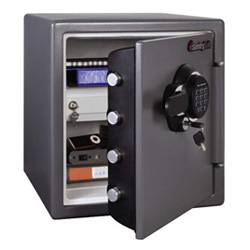 There is
There is